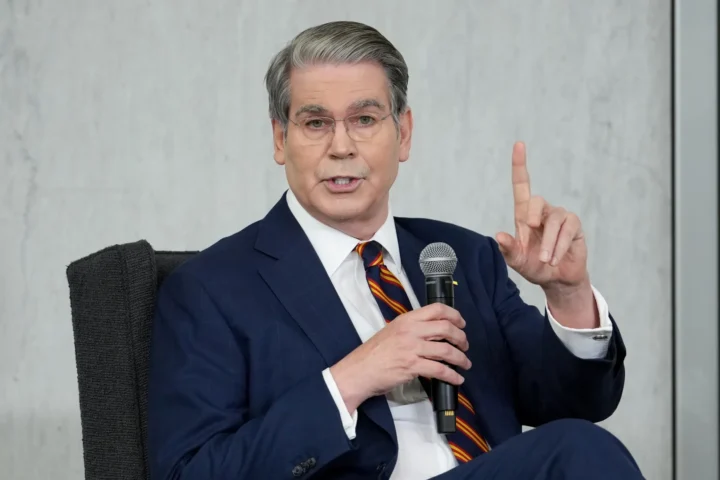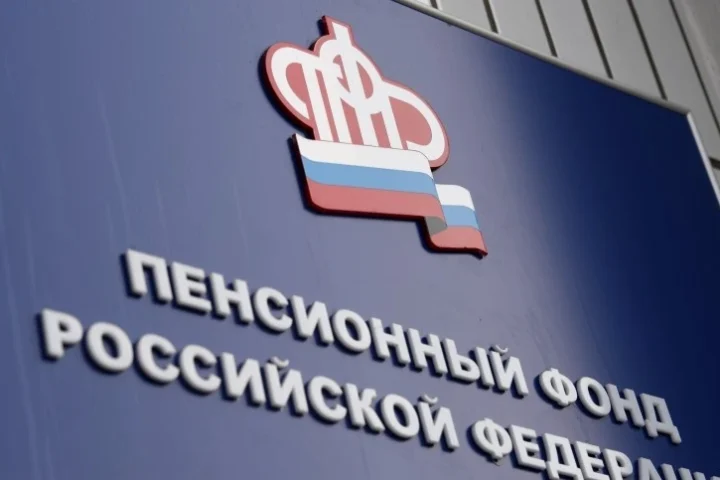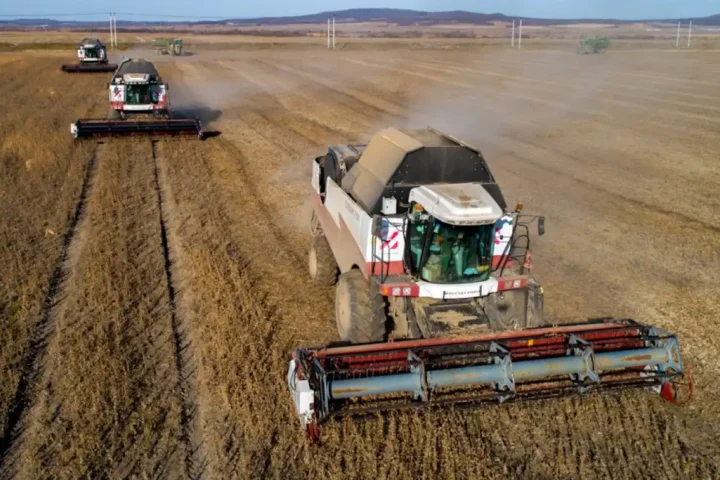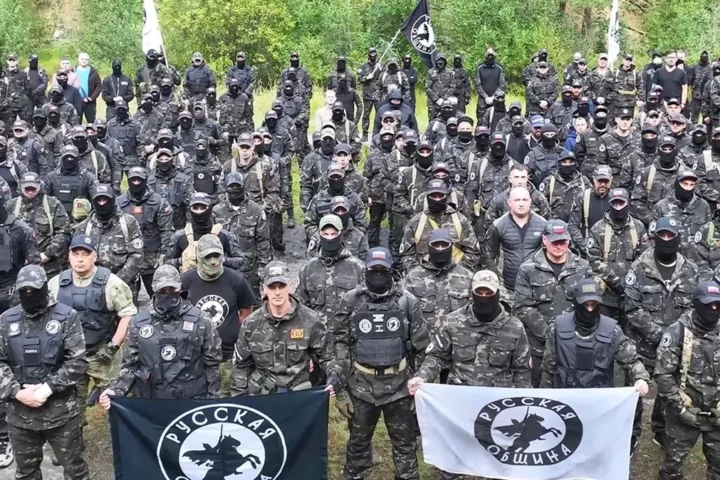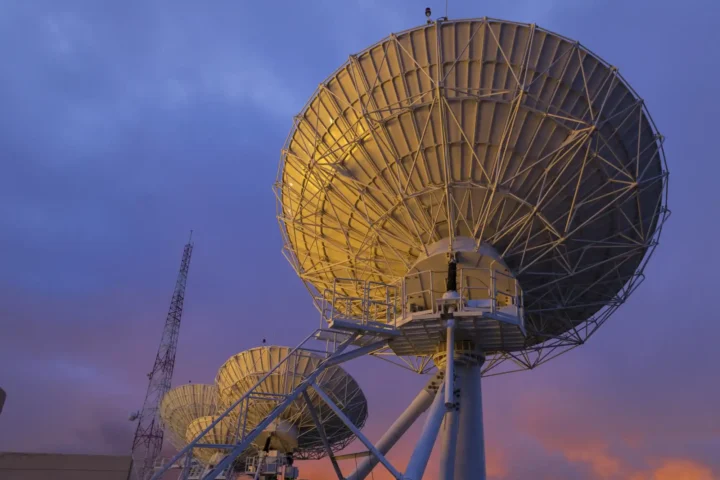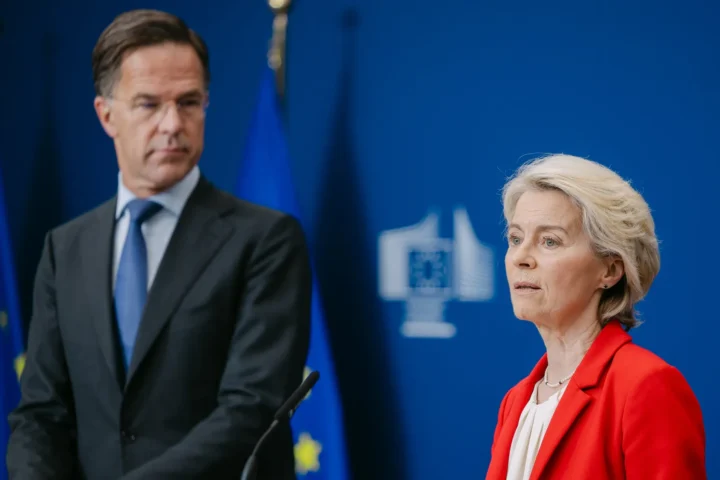At the plenary session of the St. Petersburg International Economic Forum, Bank of Russia Governor Elvira Nabiullina, Finance Minister Anton Siluanov, and Economic Development Minister Maksim Reshetnikov presented contrasting assessments of the current state of the Russian economy. The discussion among the country’s key economic institutions revealed not only a lack of consensus on present macroeconomic indicators, but also a deeper disagreement over the future model for growth.
Central Bank: The Economy Is Emerging from Overheating
According to Elvira Nabiullina, the Russian economy is currently “emerging from a state of overheating.” She cited a slowdown in consumer and investment demand, along with easing inflationary pressures, as key indicators of this shift. Nabiullina emphasized that the growth drivers of the past two years have largely been exhausted, and that the country must now transition to a new model of growth — one that is more sustainable and balanced.
Ministry of Economic Development: On the Brink of Recession
Economic Development Minister Maksim Reshetnikov offered a more cautious view. He pointed to statistical data that signals a broad economic slowdown and noted that business sentiment is “approaching recessionary levels.” In his view, with extensive growth sources depleted and some sectors overheated, a careful transition to a new growth model is needed — but without abrupt changes.
“It’s important not to dismantle the old before the new begins to function,” he warned.
Ministry of Finance: Cooling Is Not a Crisis
Finance Minister Anton Siluanov struck a more optimistic tone. He acknowledged that the economy is “cooler than before,” but described this as a natural deceleration following a period of rapid recovery.
“Cooling is not a recession. Summer always follows,” he said.
Siluanov also rejected the notion that the current growth model is exhausted:
“The economy is growing at over 4% — under unprecedented sanctions. That means the model is working. The priority should be technological sovereignty and sustained investment momentum.”
A Divided Economic Front Reflects Structural Crossroads
The lack of consensus among the government’s economic team underscores the complexity of the current moment. On one hand, growth continues, fueled by large-scale government spending, export reorientation, and an accommodative fiscal policy. On the other, there are clear signs of overheating — rising costs, labor shortages, accelerating prices, and concerns about fiscal system overload.
Debates over the need to shift to a new growth model are not new. But amid mounting structural constraints — from sanctions pressure to demographic challenges — the issue is gaining renewed urgency. While some agencies champion technological sovereignty as the path forward, others warn against overestimating the potential of a new wave of industrialization and advocate for a softer, more adaptive transition.
In the near term, Russia’s economic policy will need to navigate a delicate balance: curbing inflation while sustaining growth. Yet the discussion at SPIEF made it clear that there is no shared vision — either of where the economy stands today or where it should go tomorrow. This absence of consensus could add a new layer of uncertainty — for businesses, investors, and policymakers alike.







